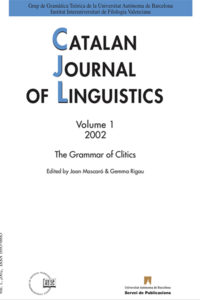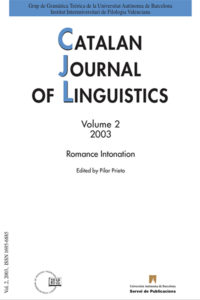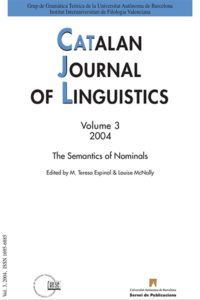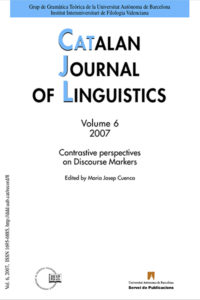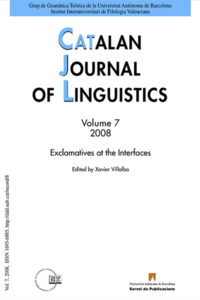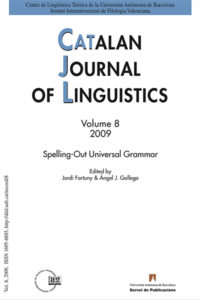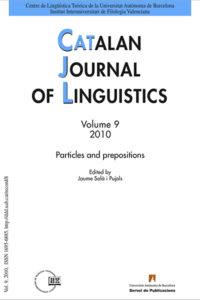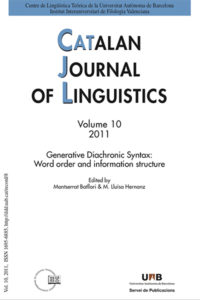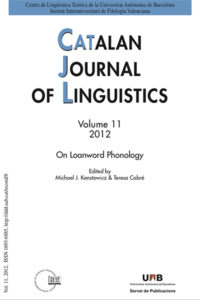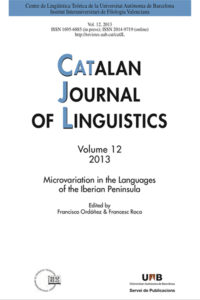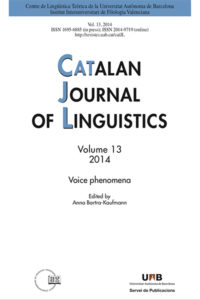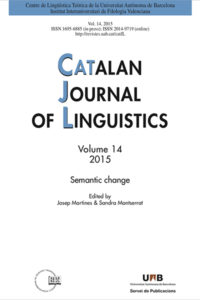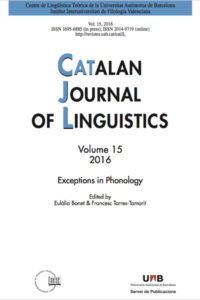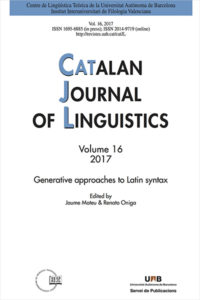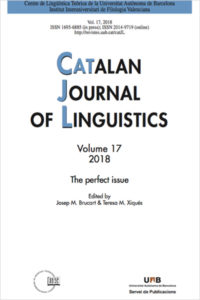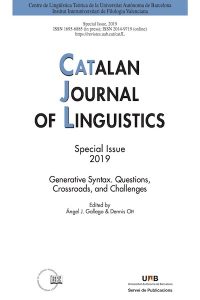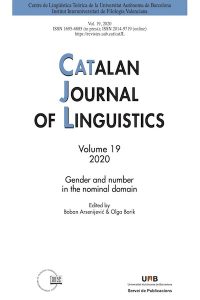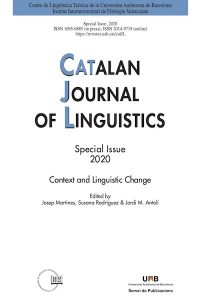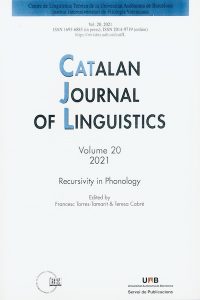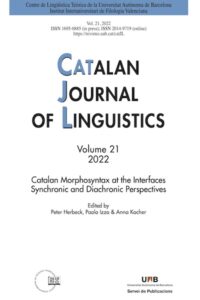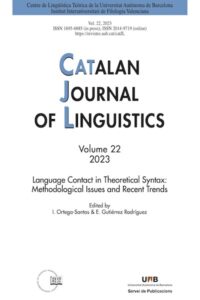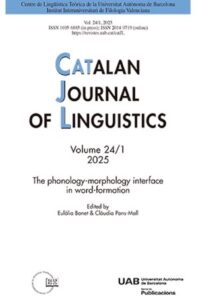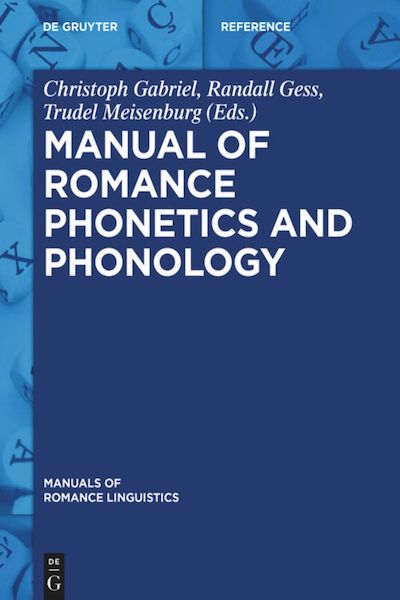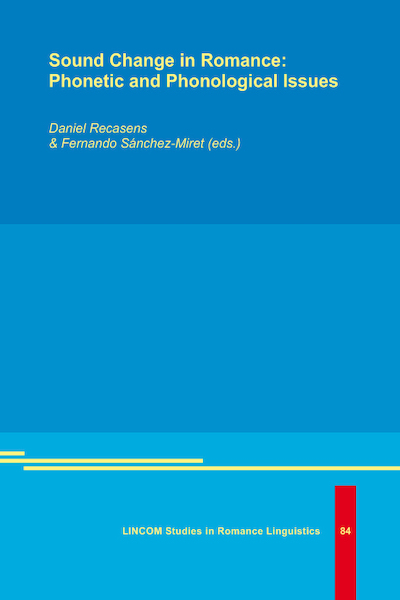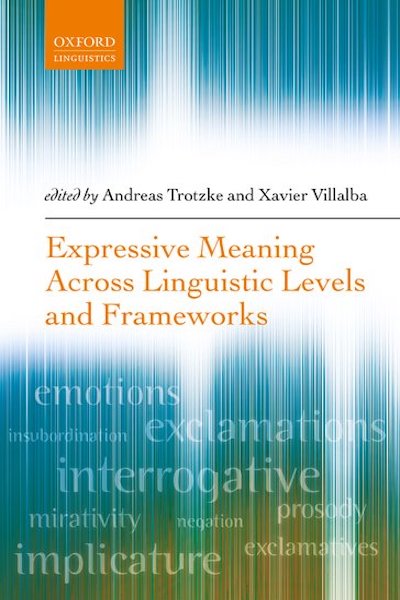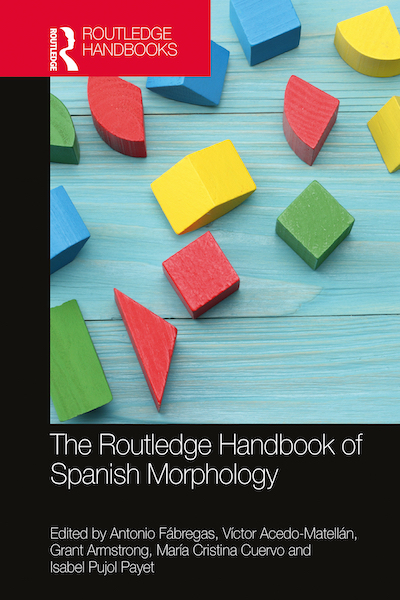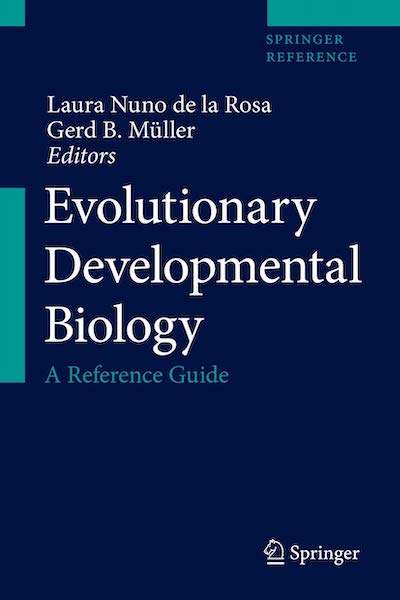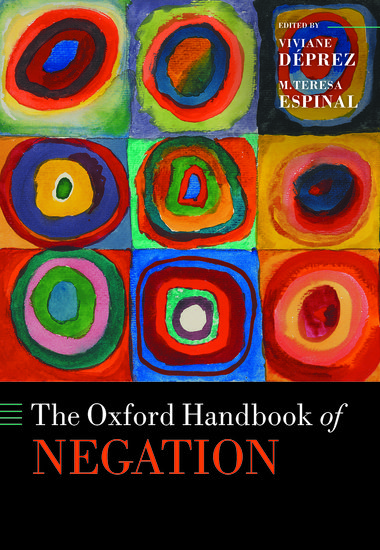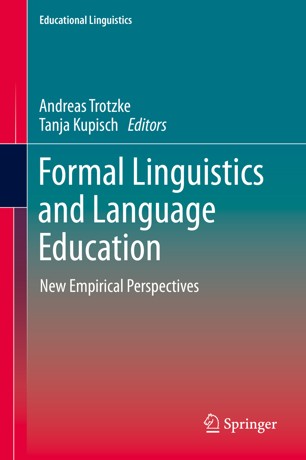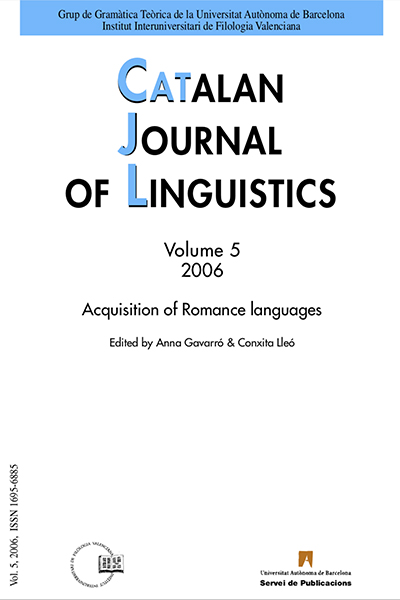
Autors:
Anna Gavarró & Conxita Lleó (eds.)Títol:
Acquisition of Romance languagesEditorial: Universitat Autònoma de Barcelona, Servei de Publicacions
Col·lecció: Catalan Journal of Linguistics #05
Data de publicació: 2006
Pàgines: 276
Text complet
Generative grammar addressed for the first time acquisition as a central issue in the study of grammar. This perspective has given rise over the years to a considerable body of work, mainly on first language acquisition, but also on second language acquistion, bilingual acquisition, and the acquisition by children affected by SLI. If we assume continuity, i.e. that all stages in acquisition reflect possible natural languages, we must posit a mutual dependency between grammatical theory and the facts of acquisition. On the one hand, theories about particular languages should pass the proof against data from acquisition. On the other hand, acquisition data may provide a source of evidence for deciding among alternative theories of language.
Within the past twenty years, Romance languages have been an increasing focus of research for theories of language, and the literature on the acquisition of Romance has grown steadily during this time. The moment thus seemed ripe to unify the efforts of several scholars working on the acquisition of Romance languages and devote a special issue of CatJL to the acquisition of Romance, taking into consideration the double perspective just mentioned. We thank the authors and reviewers for making this project possible. The volume deals with the acquisition of the phonology, morphology and syntax in Catalan, French, Portuguese, Romanian and Spanish. The papers dealing with phonology focus on two main topics: the acquisition of prosodic constituents and the interface between phonology and morphology. The prosodic constituents examined are: the syllable (Demuth & Kehoe on consonant clusters in French; Prieto & Bosch Baliarda on codas in Catalan) and the foot (Goad & Buckley on the relevance of the foot in Québec French). The morpho-phonological interface is treated by Fikkert & Freitas (on the relevance of allophony and allomorphy for the acquisition of the Portuguese vowel system), and Lleó (on the dependence of plural marking on phonological acquisition). The papers dealing with syntax focus on the acquisition of pronominal clitics (Babyonyshev & Marin on clitic production in Romanian and Pirvulescu on clitic omission in French) and verb and wh- movement (Costa & Loureiro on verb raising in Portuguese, Hamann on wh- movement in French).
All the papers in this volume show the relevance of formal linguistics to issues in acquisition, focusing on the relationship between representation and acquisition from different perspectives and in different modules of the grammar.

